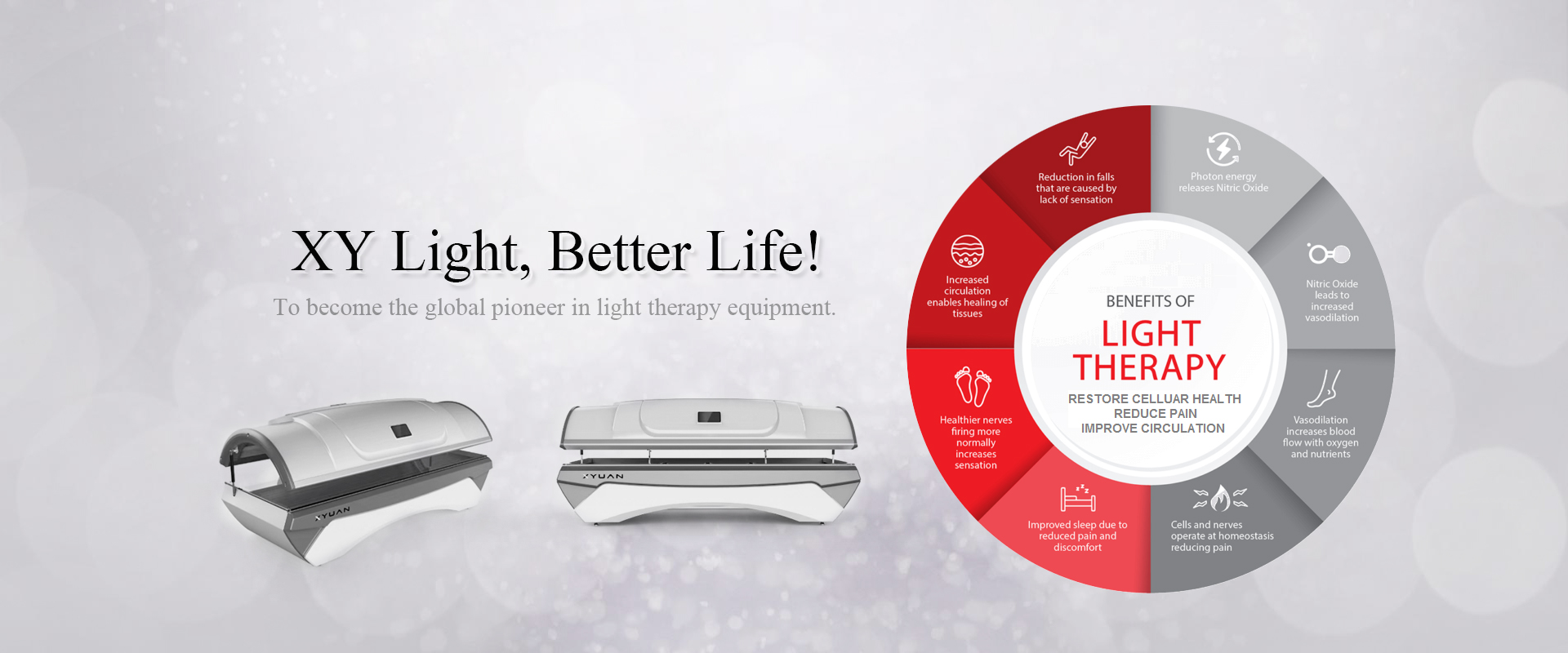How to gain a safe red light therapy?
Addtime:2022-04-14 Click:294

Is red light therapy safe?
However, if products are misused — perhaps used too often or not according to directions — there’s a chance your skin or eyes (if not protected) could be damaged. The long-term safety of devices that use red light therapy isn’t yet known.
Your safest option is to see a dermatologist or qualified, trained, cosmetic therapist. A dermatologist can make sure your skin condition is what you think it is and can discuss the merits of red light therapy and other treatment options.
Are devices purchased for at-home use a safe, reasonable option?
If you do choose to purchase a red light therapy device, make sure to shield your eyes for protection, follow all directions and take good care of the device.
In addition to medical office-based use and at-home use with a purchased device, you may see RLT being promoted at beauty spas and salons, saunas, tanning salons, gyms and wellness centers. Be cautious of who is supplying and where you are receiving treatment. It’s always best to check in with a medical professional about the best options to treat your skin condition or issue.
 What other medical conditions is red light therapy being promoted for?
What other medical conditions is red light therapy being promoted for?
To reduce cancer chemotherapy side effects, including oral mucositis.
To relieve pain and inflammation associated with ankle tendonitis, rheumatoid arthritis, carpal tunnel syndrome and osteoarthritis of the knee.
Lots of other uses are being touted on the internet. There’s no scientific evidence to support red light therapy use in weight loss, cancer, cellulite removal or mental health conditions like depression and seasonal affective disorder (SAD).
There are a lot of variables to consider when thinking about red light therapy:
(1) Is RLT covered by my health insurance?
Red light therapy typically isn’t a covered treatment. You may want to call your health insurance company before seeking treatment.
(2)How many treatments will I need?
You’ll likely need ongoing treatments. This isn’t a one-time treatment for most skin conditions. You’ll need to be seen one to three times a week for weeks or even months.
(3) Also, is there a need for additional touch-up treatments?
This may add up to a lot of time and considerable out-of-pocket costs.
(4) Will I achieve the desired results?
Everyone’s skin is different so results can vary. Also, the wavelength of the red light source ranges. The wavelength affects how deeply the light penetrates your skin. The wavelength of the red light device being used in a doctor’s office versus in your at-home device could affect your desired result.
(5) Do you trust the experience of the person providing the red light therapy?
For example, is a tanning salon a place you feel comfortable receiving this treatment or might it be better to first be seen and possibly treated by a medical professional?
(6) Is red light therapy an appropriate treatment for my skin condition? Are other, more scientifically vetted approaches a better choice for my skin condition?
See your healthcare provider to confirm a diagnosis and discuss appropriate treatment options.
A note from XY Light

Red light therapy (RLT) is being promoted as a treatment for some common skin conditions. It’s still an emerging therapy but holds a lot of promise.
If you’re interested in RLT treatment, it’s best to first discuss this with a healthcare provider or dermatologist. Your skin professional will examine your skin first and then confirm a diagnosis. Then, you’ll work together to discuss treatment options that’ll achieve your desired result. Options may or may not include red light therapy. Never hesitate to ask your healthcare provider about treatment options — including if you have an interest in a particular therapy, if it’s appropriate to use for your skin condition and if it’s safe and effective.
